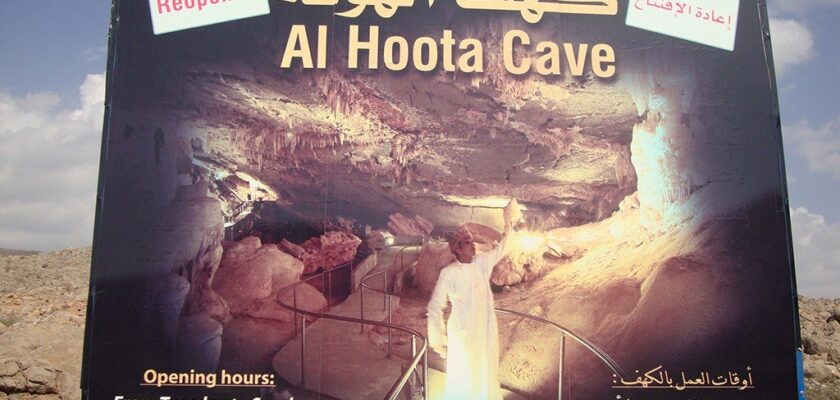Al Hoota Cave
Al Hoota Cave, rich in stalactites and stalagmites, has long been a popular tourist attraction in Oman. This cave is estimated to be two million years old. There is a geological museum on site with interactive exhibitions about the geological features of the cave and the achievements of Omani geologists and speleologists. There is also a souvenir store, a pleasant restaurant, and a cafe with an open-air summer area and beautiful mountain views.
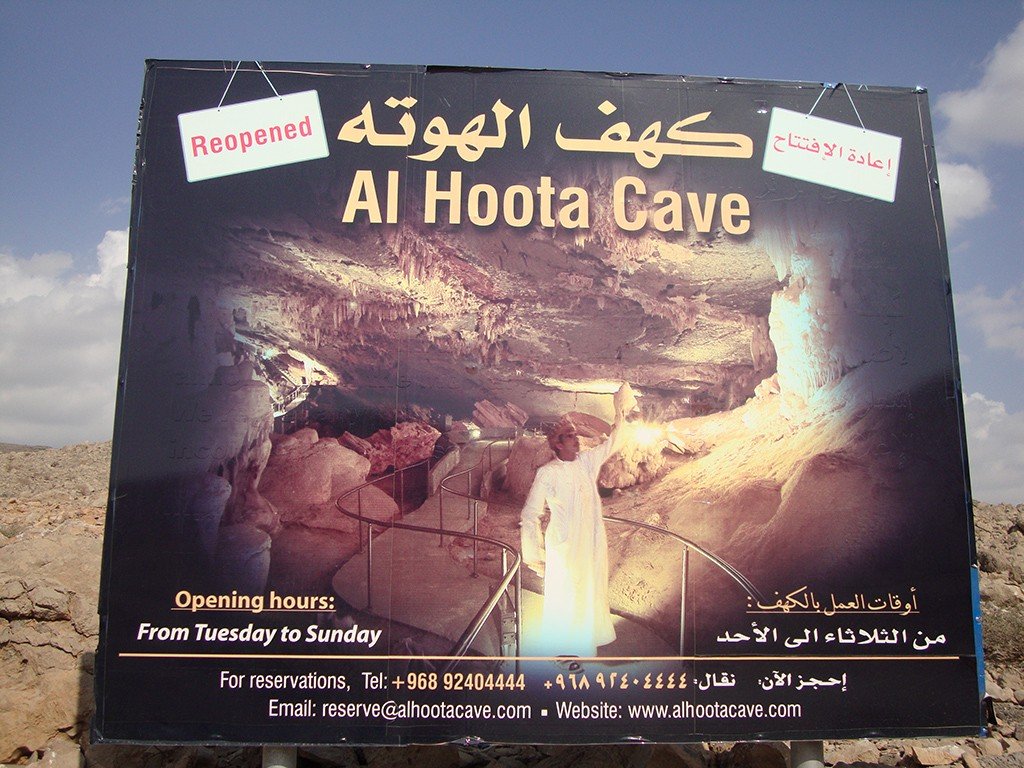

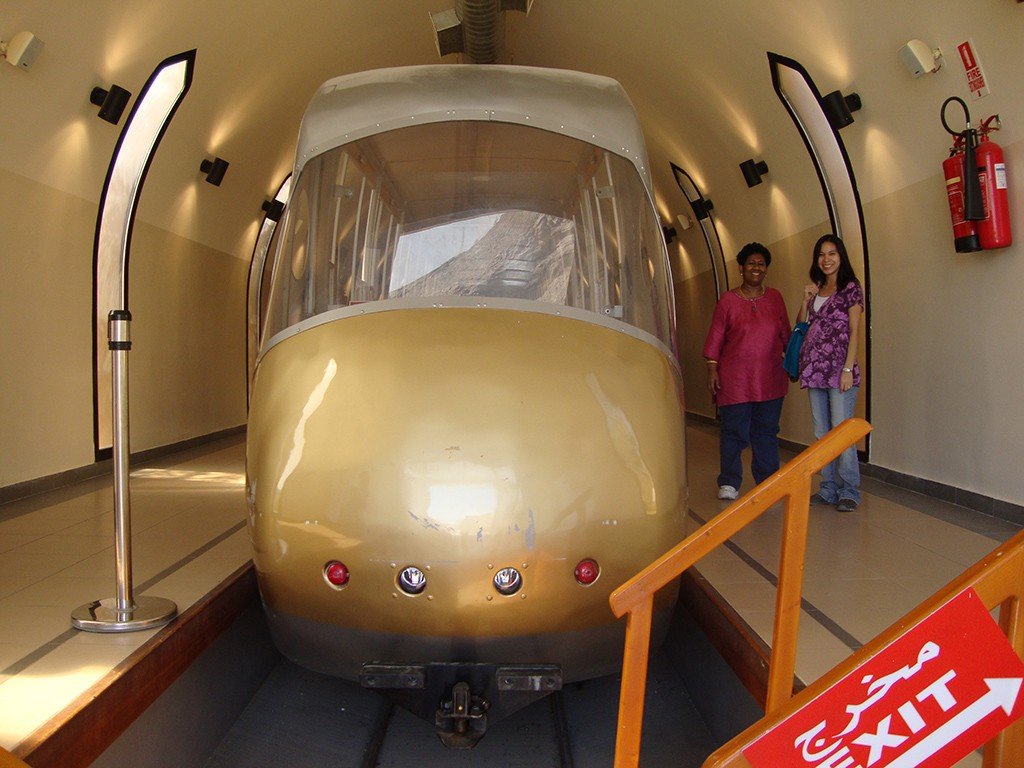
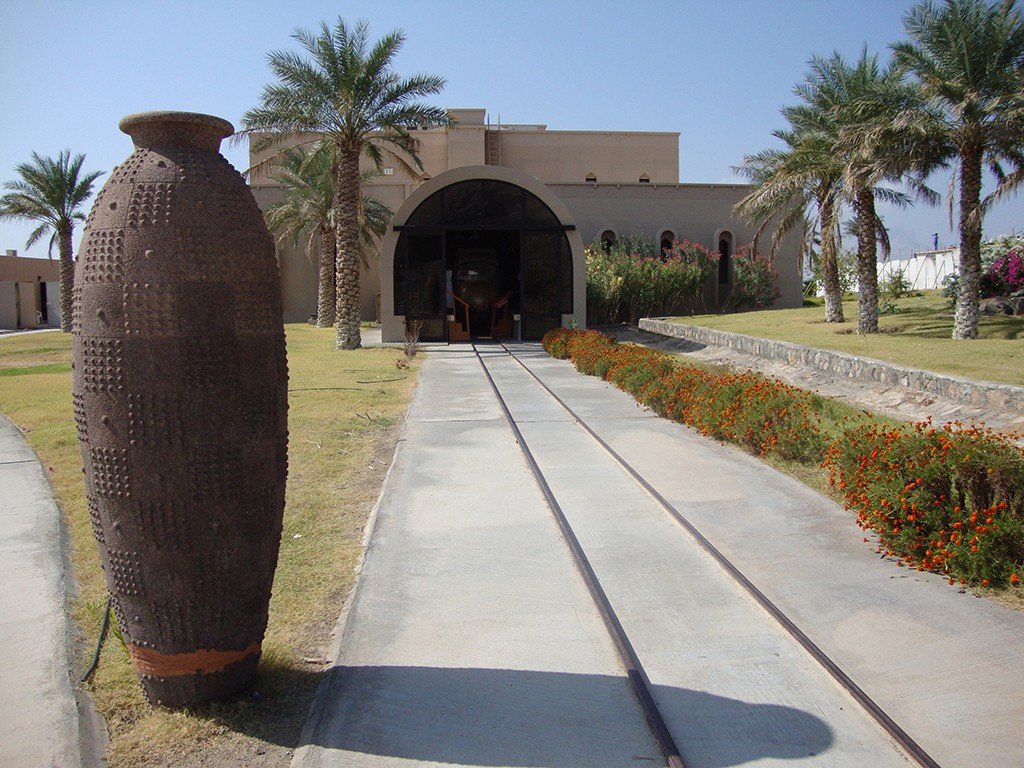
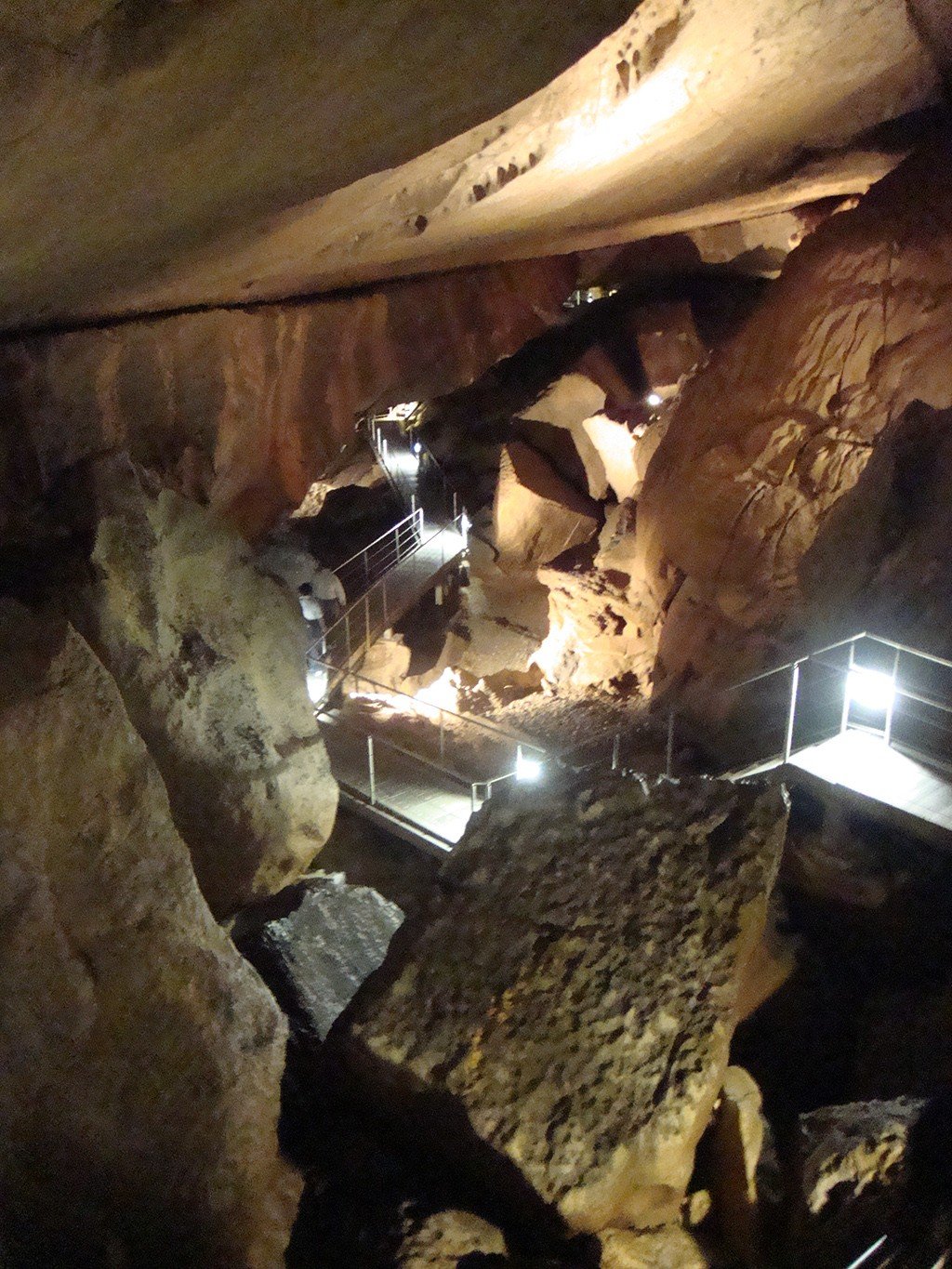
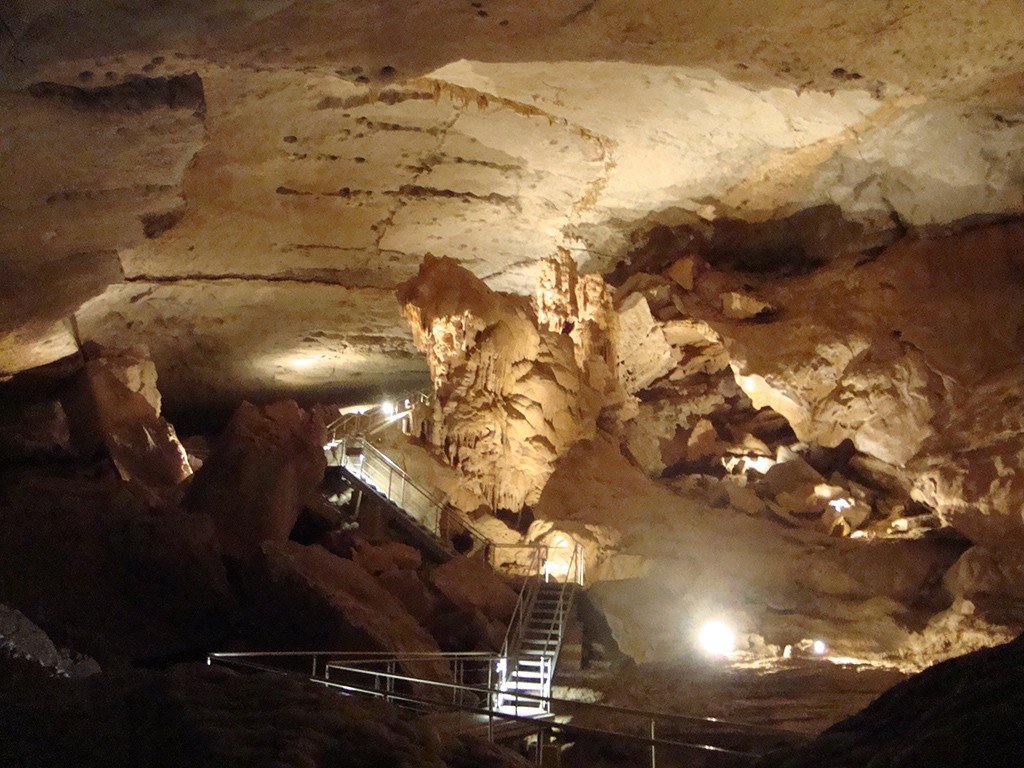
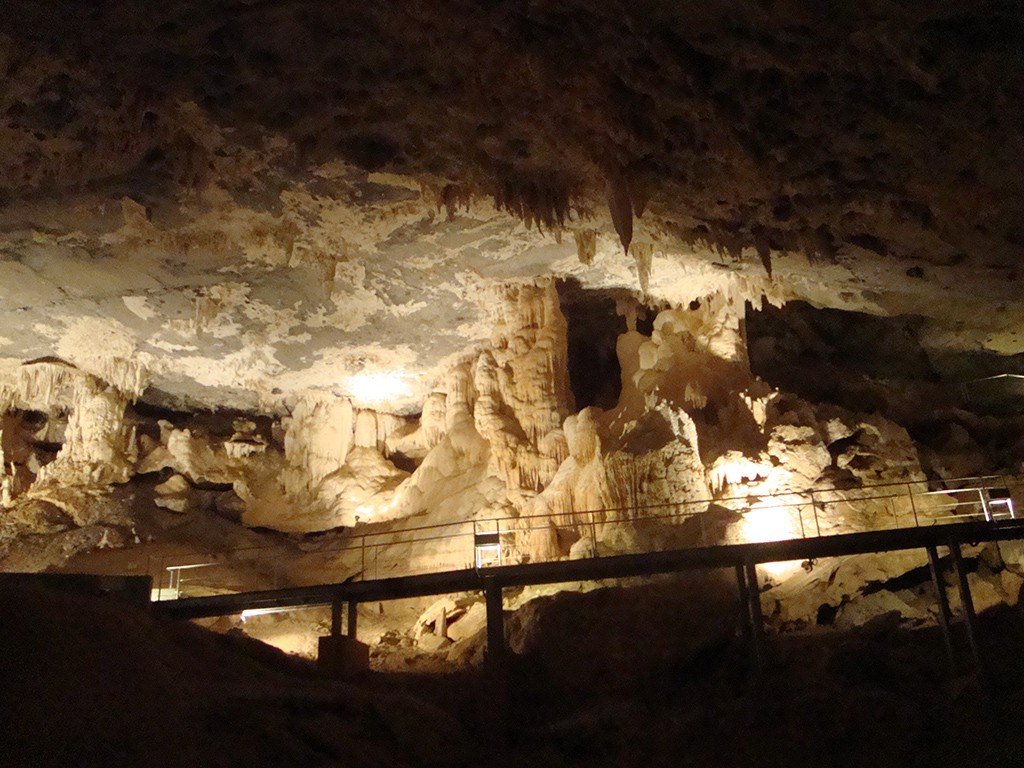
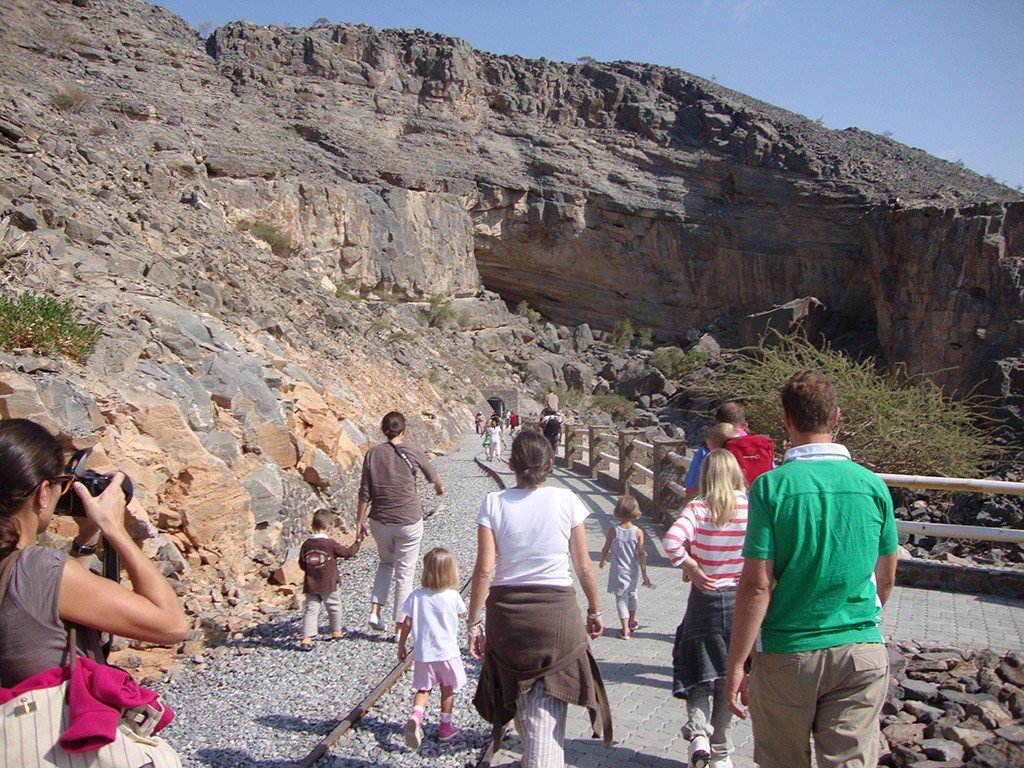
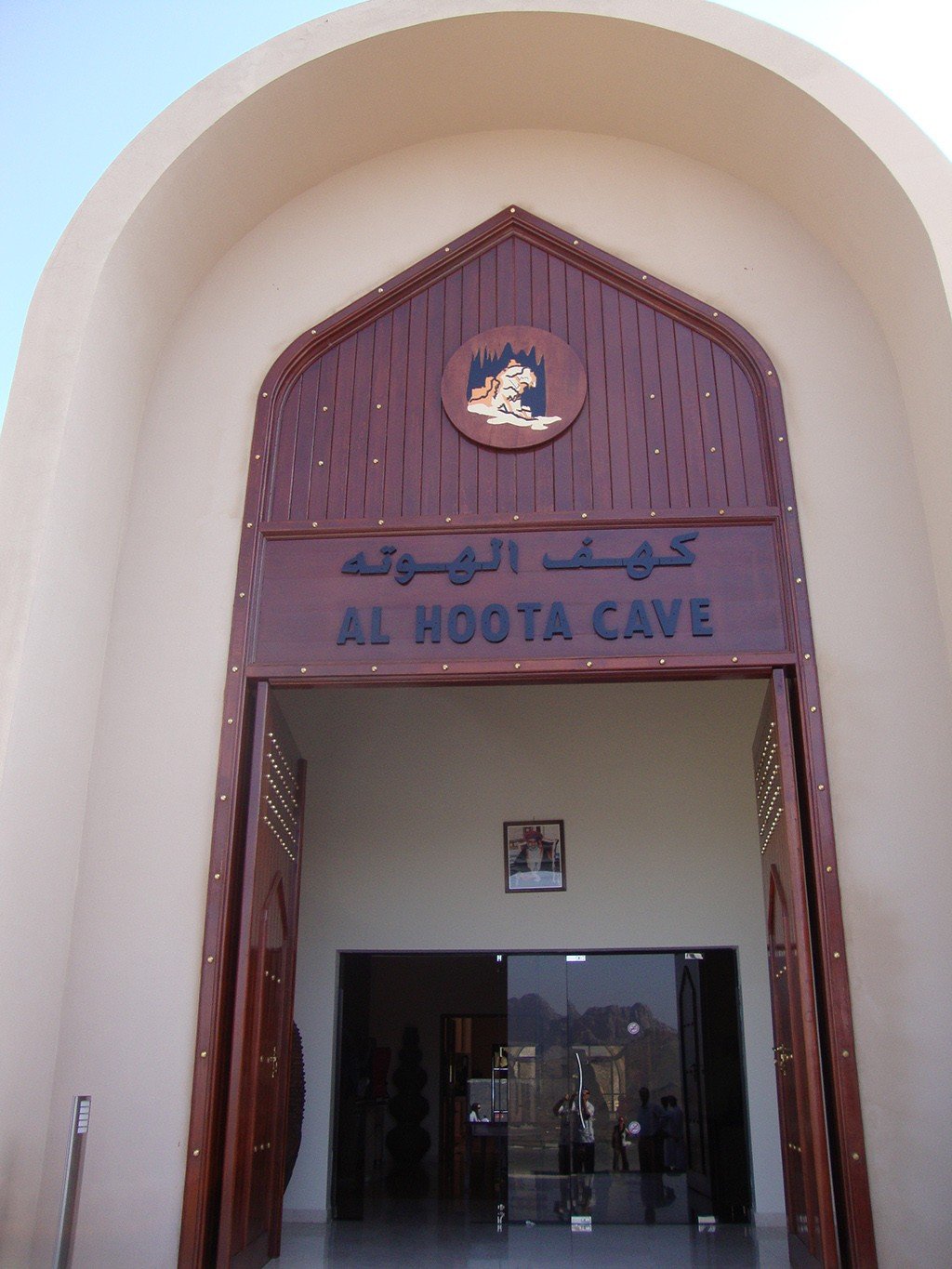
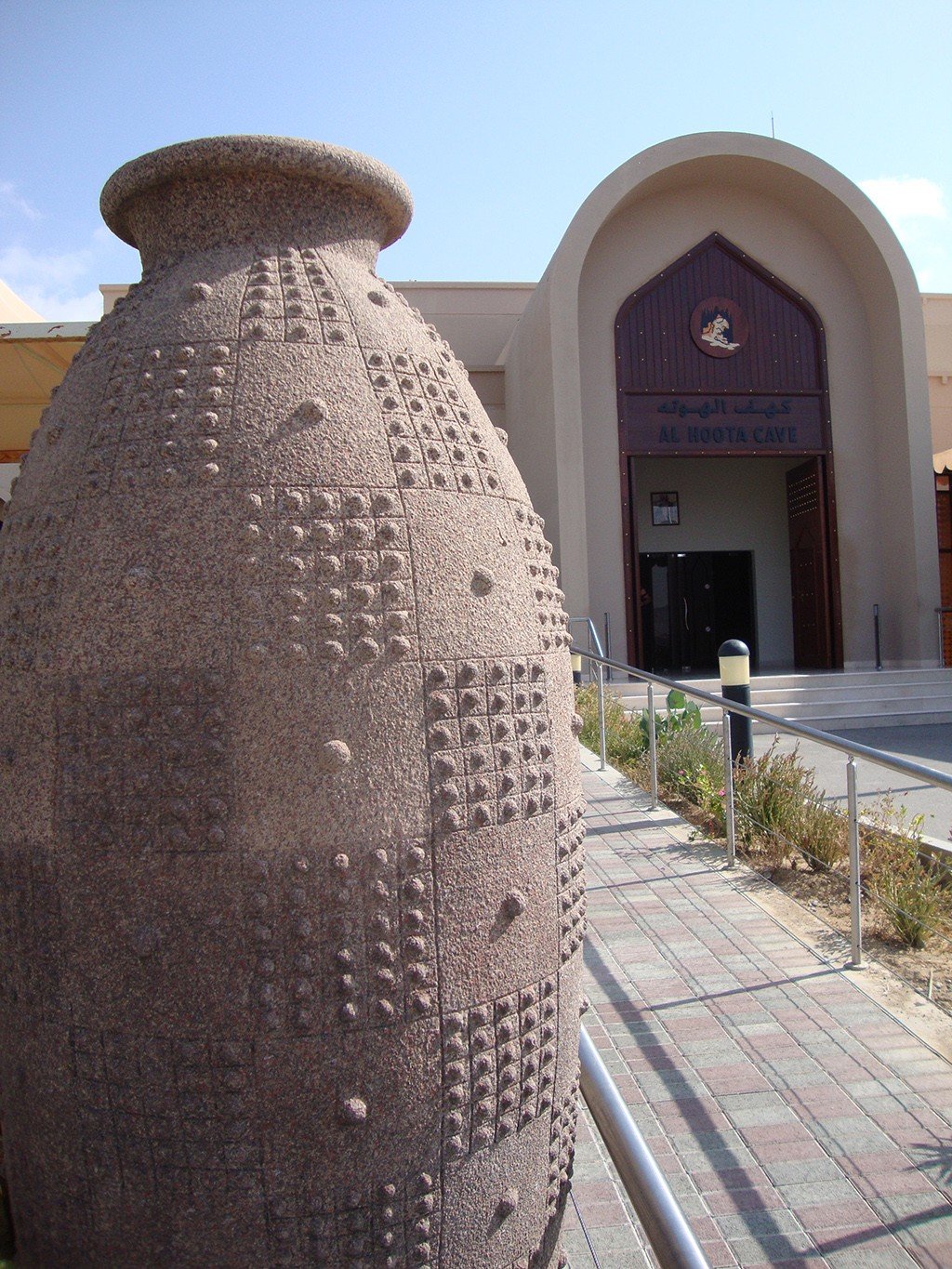
General Information
Al Huta Cave is located in close proximity to the ancient city of Nizwa and the Bahla World Heritage Site. It is one of the largest cave systems in the world and was first opened to view in 2006.
>
As it happens, the cave was discovered by accident by a local man who was herding cattle nearby. One of the sheep fell into a hole and when the shepherd retrieved the animal, he saw that it was the entrance to a large cave. Al Huta Cave is 200 million years old and today it is the first cave in the Gulf region that is open to tourists. The cave is more like an underground canyon with two different entrances. The first is located near the village of Al Huta at an altitude of 1,040 meters above sea level and the second, the lower one, is located near the Tanuf Valley at an altitude of 810 meters above sea level.
.
The size of the largest “hall” in the cave can be equated to the size of the Al Bustan Palace Hotel. “Hall” is literally mottled with stalactites and stalagmites, moisture seeping through the rocks, which accumulates, flows down the ceiling, walls and floor and forms an underground lake. It is 800 meters long, 10 meters wide and reaches a depth of 15 meters. Of all living creatures, only very small bats are found here, which can hardly be seen – only heard, as well as one species of small blind fish, garra barreimiae, which lives in the underground lake.
.Both adults and children (from 4 years old) like the excursions conducted in the cave by experienced guides – here you can admire the bizarre stalactites and stalagmites, which were formed over millions of years. These natural formations come in shades of pink, yellow, beige, gold and gray.
.
The only things that have been added here by man are metal steps and bridges, a lighting system and an artificial tunnel entrance. Lighting is used here in limited amounts to enhance the emotional effect and also to prevent the cave from being destroyed by plant growth.
.
The tour begins with a journey in small wagons that will take tourists to the beginning of the hiking trail. Although the cave is about 4,500 meters deep, only 500 meters are open to tourists, along which there is an 822-meter-long trail. It is forbidden to go off it and no turning aside is allowed. The guides make stops in 4 of the most beautiful places of the cave, where they accompany the hike with interesting stories and stories about the formation of the cave itself. Photography and videography are strictly forbidden during the tour of the cave.
Visiting time: Saturday – Thursday (9:00-13:00, 14:00-18:00), Friday (9:00-12:00, 14:00-18:00). On Mondays, the cave is only accessible on Mondays if a group reservation is made in advance. In July and August the cave is closed to the public.
.